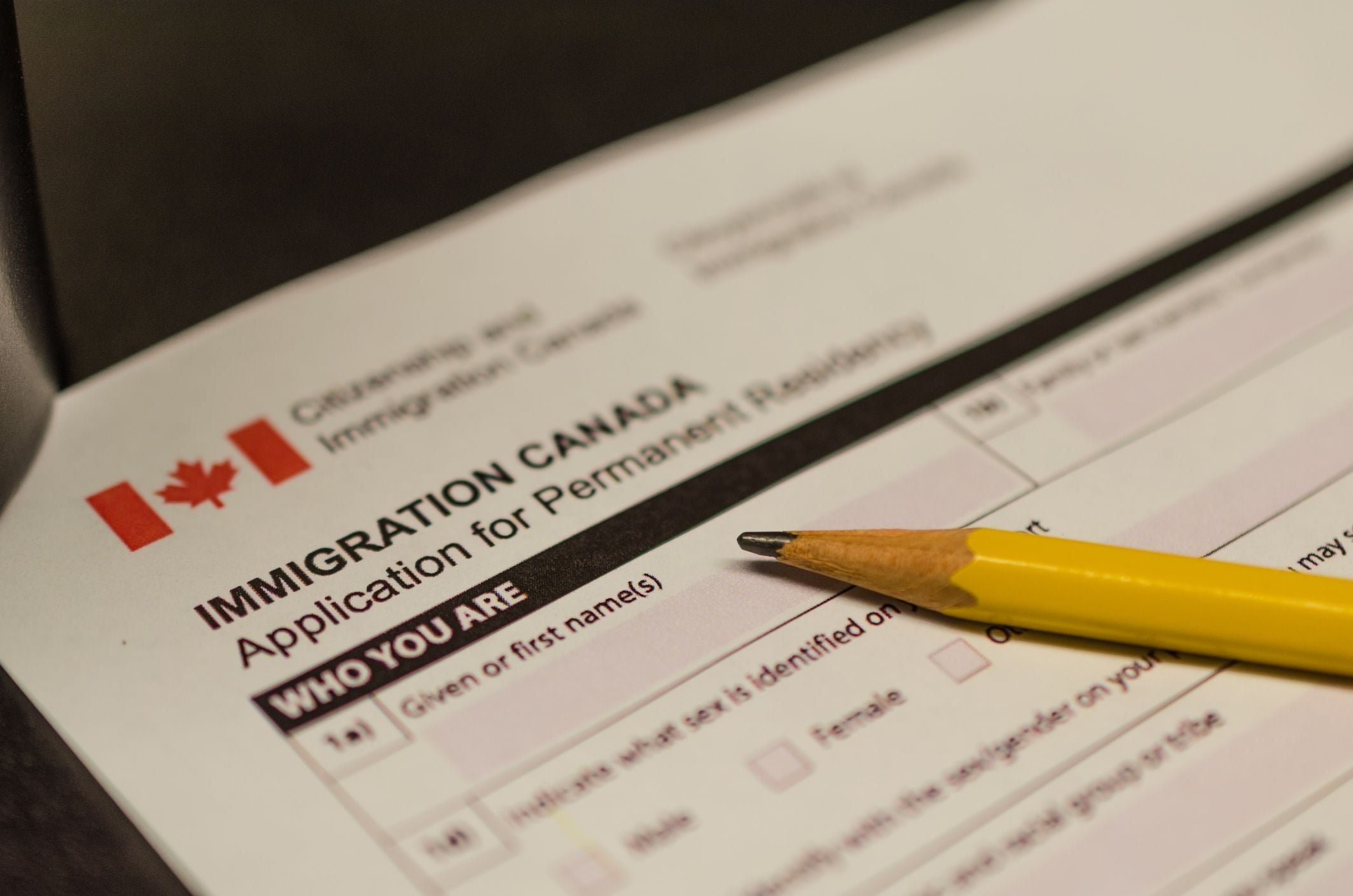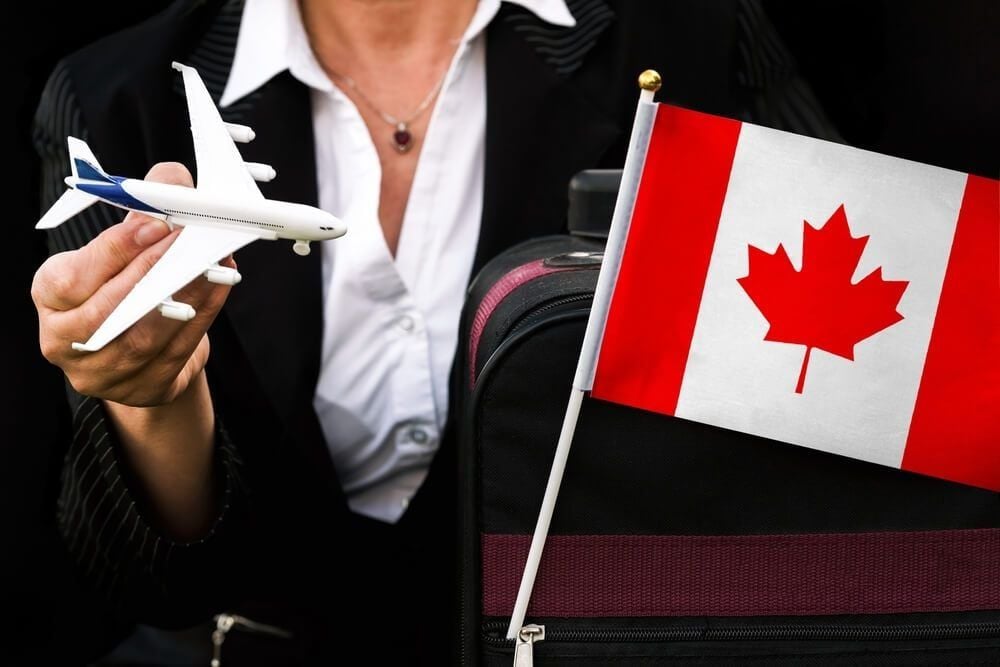When planning to enter Canada for a temporary stay, you may come across terms like Temporary Resident Visa (TRV) and Visitor Visa. While these terms are often used interchangeably, they refer to different aspects of Canada’s immigration process. Understanding the distinction between a Temporary Resident Visa and a Visitor Visa is crucial for foreign nationals who wish to visit, study, or work in Canada.
Temporary Resident Visa (TRV): Overview and Eligibility
A Temporary Resident Visa (TRV) is an official document issued by a Canadian visa office that allows foreign nationals to enter Canada for a temporary stay. The TRV is a mandatory entry visa for individuals from visa-required countries who wish to visit Canada as temporary residents. This visa is typically affixed to your passport and grants you the right to enter Canada for a specific period.
Eligibility Criteria for a Temporary Resident Visa
To be eligible for a TRV, applicants must meet specific requirements set by Immigration, Refugees, and Citizenship Canada (IRCC). The key eligibility criteria include:
Valid Passport: You must hold a valid passport that will remain valid for the duration of your stay in Canada.
Temporary Resident Status: You must prove that you intend to leave Canada at the end of your authorized stay. This can be demonstrated by showing strong ties to your home country, such as employment, family, or property.
Financial Support: You must demonstrate that you have enough funds to support yourself during your stay in Canada. This includes showing proof of financial support, such as bank statements or a letter from a sponsor.
Good Health: In some cases, you may need to undergo a medical examination to prove that you are in good health and do not pose a risk to Canadian public health.
No Criminal Record: You must not have any criminal convictions that could make you inadmissible to Canada.
Supporting Documents: You must submit all required documents, including application forms, payment receipts, and biometric information.
Purpose of Visit: You must clearly state the reason for your visit, whether it’s for tourism, visiting family, studying, or working in Canada.
Meeting these eligibility criteria is essential for obtaining a TRV. However, the visa officer has the discretion to approve or deny your application based on their assessment of your intent and eligibility.
Types of Temporary Resident Visas
A Temporary Resident Visa (TRV) can be issued for different purposes, and there are several types of TRVs depending on the nature of your visit. The most common types include visitor visas, study permits, and work permits.
Visitor Visas
A Visitor Visa, also known as a tourist visa, is a type of Temporary Resident Visa that allows foreign nationals to enter Canada for a temporary stay, usually for tourism, visiting family, or conducting business. A Visitor Visa typically allows a stay of up to six months, though the duration can vary depending on the visa officer’s discretion at the port of entry.
Visitors on a TRV are considered temporary residents of Canada, but they are not allowed to study or work unless they have the appropriate permits. A Visitor Visa is the most common type of TRV and is often the first step for individuals who want to explore Canada before deciding to pursue other opportunities such as studying or working.
Renewing a Visitor Visa
If you are already in Canada on a Visitor Visa and wish to extend your stay, you must apply for a visa extension before your current status expires. This process is known as applying for a Visitor Record, which allows you to remain in Canada legally beyond the initial six-month period.
To renew your Visitor Visa, you will need to submit a new application, pay the required fees, and provide proof that you still meet the eligibility criteria for temporary resident status.
Study Permits
A Study Permit is another type of TRV that allows international students to study at designated learning institutions (DLIs) in Canada. While a Study Permit is not an entry visa itself, most students from visa-required countries will also need a valid TRV to enter Canada. The TRV is affixed to your passport and allows you to enter Canada, while the Study Permit authorizes you to study.
To apply for a Study Permit, you must first be accepted by a DLI in Canada and provide proof of financial support, along with other documents required by the Canadian government. Once you have a valid Study Permit, you can stay in Canada for the duration of your studies, and in some cases, you may be eligible for a Post-Graduation Work Permit (PGWP) after completing your program.
Work Permits
A Work Permit is a type of TRV that allows foreign nationals to work in Canada temporarily. Work Permits can be employer-specific, which means you can only work for the employer listed on your permit, or open, which allows you to work for any employer in Canada. Like the Study Permit, a Work Permit itself is not an entry visa, so individuals from visa-required countries will also need a TRV to enter Canada.
To obtain a Work Permit, you typically need a job offer from a Canadian employer and may require a Labour Market Impact Assessment (LMIA) to prove that no Canadian worker is available for the position. Once you have a valid Work Permit, you can stay and work in Canada for the duration of your permit, which is usually tied to the length of your job contract.
Travelling to the United States and Back to Canada
If you are a foreign national in Canada on a Temporary Resident Visa and you plan to travel to the United States and return to Canada, there are specific rules you must follow to ensure you will be able to return to Canada. If your TRV is still valid, you can re-enter Canada without applying for a new visa. However, if your TRV expires while you are in the United States, you may need to apply for a new visa before returning to Canada.
For foreign nationals from visa-exempt countries who are in Canada on a Study Permit or Work Permit, you may be required to show your valid permits and supporting documents upon re-entry to Canada. It’s also important to ensure that your passport and any relevant documents, such as your study or work permit, are up to date and have the same expiry date. Entry requirements in the United States must be reviewed before travel as they require their own visitor visas on entry. It is important to seek legal advise from a US attorney about your options to visit the United States.
Re-entering Canada as a Temporary Resident with Maintained Status
When a foreign national in Canada applies to extend their study permit or work permit, they may be granted "maintained status" (formerly known as implied status), which allows them to remain in Canada legally while their application is being processed. Under certain conditions, individuals with maintained status can re-enter Canada as temporary residents, even before a decision has been made on their extension application.
Conditions for Re-entry
Applicants who are exempt from the Temporary Resident Visa (TRV) requirement under section R190 or who hold a valid multiple-entry visa may be allowed to re-enter Canada as temporary residents while awaiting a decision on their permit extension. Upon re-entry, the border services officer will determine the period of authorized stay based on the applicant's maintained status and other relevant factors.
For temporary residents from TRV-required countries whose authorized stay has been extended under subsection R183(5), re-entry into Canada may also be permitted if they have only traveled to the United States or the territories of St. Pierre and Miquelon. According to subparagraph R190(3)(f)(ii), these individuals are considered TRV-exempt for the purposes of re-entry, as long as their travel is limited to these specific regions.
However, if a TRV-required national has traveled to any location other than the United States or St. Pierre and Miquelon, they are not considered TRV-exempt upon re-entry, regardless of whether their authorized stay was extended under subsection R183(5). In such cases, they would need a valid TRV to re-enter Canada as a temporary resident.
Understanding the nuances of maintained status and re-entry requirements is crucial for temporary residents who wish to travel while their permit extension is pending. Consulting with an experienced immigration lawyer from AKM Law can help ensure compliance with Canadian immigration laws and avoid potential issues at the border.
Seek Professional Assistance from an Immigration Lawyer from AKM Law
Seeking professional assistance from an AKM Law, experienced immigration lawyers, can help you avoid common pitfalls and increase your chances of a successful application. We can provide valuable guidance on gathering the right documents, completing the application forms, and meeting the eligibility criteria. We can also represent you in case of any issues or complications that may arise during the process.
At AKM Law, our team of immigration experts is dedicated to helping foreign nationals navigate the Canadian immigration system with ease. Whether you’re applying for a Temporary Resident Visa, Visitor Visa, Study Permit, or Work Permit, we can provide the support you need to achieve your immigration goals.
Legal Disclaimer: This article provides general information only and does not constitute legal advice. For legal advice, consult the relevant legislation or regulations, or contact our immigration lawyers directly.

)
)
)
)
